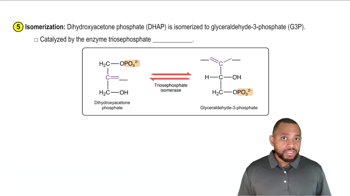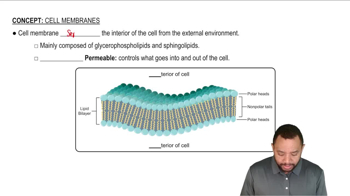How many moles of ATP are produced by phosphorylation in the following?
a. Glycolysis of 1 mol of glucose
 Verified step by step guidance
Verified step by step guidance Verified video answer for a similar problem:
Verified video answer for a similar problem:



 2:7m
2:7mMaster Total Energy From Glucose Concept 1 with a bite sized video explanation from Jules
Start learning